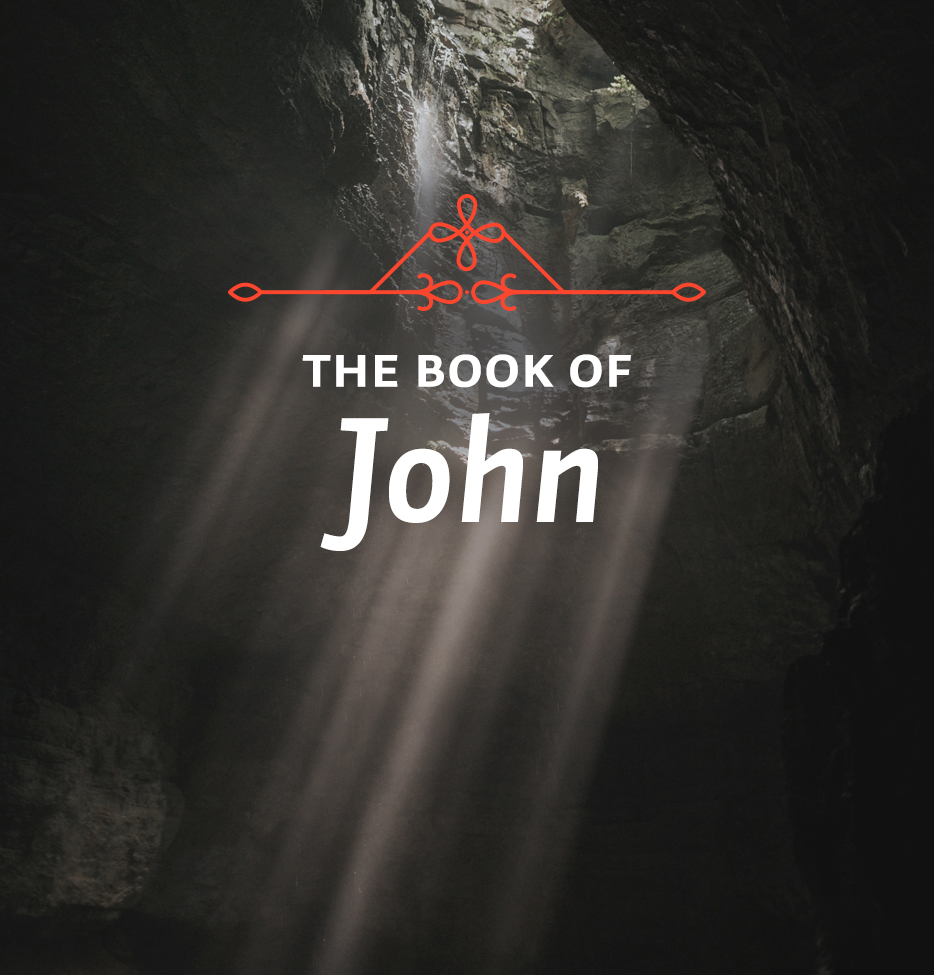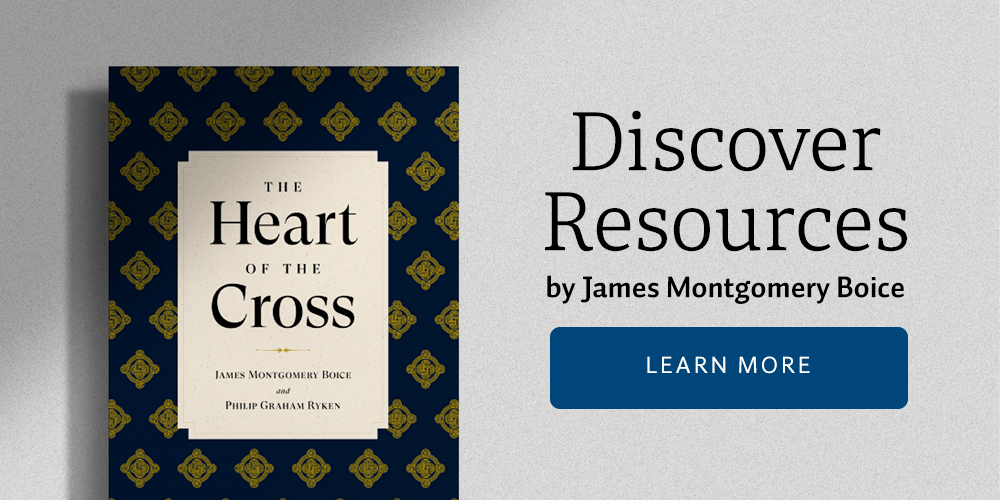Why Are You Crying?John 20:1-18Theme: Rejoice!This week’s lessons teach us that there is both a time to weep and a time to laugh. LessonI’d like you to think today of a question the Lord Jesus Christ asked Mary Magdalene in the garden on that first Easter morning. He asked her, “Woman, why are you crying?” It is not that Jesus was against tears or that he “hated to see a woman cry,” as we sometimes say. Earlier he had cried himself, and on the way to his crucifixion he told the weeping women who followed him to cry for themselves and their children.
Last week we studied one of the grandest scenes of our Lord’s earthly life. We saw his open grief at the time of his triumphal entry into Jerusalem on Palm Sunday. Everyone else was rejoicing – the disciples particularly, for this was the day they had been waiting for. At last Jesus was going to take up his crown and rule in God’s holy city. He was going to drive the Romans out, they thought. Instead Jesus lamented, “If you, even you, had only known on this day what would bring you peace – but now it is hidden from your eyes. The days will come upon you when your enemies will build an embankment against you and encircle you and hem you in on every side. They will dash you to the ground, you and the children within your walls. They will not leave one stone on another, because you did not recognize the time of God’s coming to you” (Luke 19:42-44).
Later he told the women, “Daughters of Jerusalem, do not weep for me; weep for yourselves and for your children. For the time will come when you will say, ‘Blessed are the barren women, the wombs that never bore and the breasts that never nursed!’ Then ‘they will say to the mountains, “Fall on us!” and to the hills, “Cover us!” ’ For if men do these things when the tree is green, what will happen when it is dry?” (Luke 23:28-31).
No, it was not that Jesus was opposed to crying or that he was unduly distressed by women’s tears. The contrary is the case. He entered into our tears. He was a man of sorrow and acquainted with grief. It wasn’t that. It was simply that things changed between the time of these two earlier incidents and the scene now presented to us in the garden that contained the empty tomb. Everything had changed, for he who was dead was now alive. He had risen as he said.
The story is a poignant one. On the first day of the week the women who had been in Jerusalem and had witnessed the crucifixion went to Joseph of Arimathea’s tomb where they hoped to be able to anoint the body of Jesus with spices. They knew the tomb had been sealed with a stone. This was a problem. But when they arrived at the tomb they found the stone rolled away. What were they to do? They decided that Peter and John should be told. So they sent Mary Magdalene on this errand. While she was gone they went forward, saw the angels and at the angels’ command went off to tell the others that Jesus had risen from the dead.
Mary had not seen the angels. So when she reached Peter and John, all she really knew to tell them was that the stone had been moved. Still she assumed it had been done so that someone could move the body. She said, “They have taken the Lord out of the tomb, and we don’t know where they have put him!”
Peter and John did not know either. In fact, they knew nothing. But they started for the tomb, running, and there saw the grave clothes where the body had been. This was so striking – the burial clothes could not be as they were unless Jesus had passed through them in a resurrection body, just as he was later to pass through closed doors – that John says that this alone led him to believe. But neither Peter nor John saw Jesus until later. After they had seen all there was to see at the tomb they went home.
Study Questions
Why did Jesus ask Mary why she was crying?
What is revealed by the position in which Jesus’ burial clothes were found?
Further StudyRead the Gospel accounts of the first Easter morning. Note the similarities and differences you find in each account: Matthew 28:1-15; Mark 16:1-11; Luke 24:1-12; John 20:1-18.






